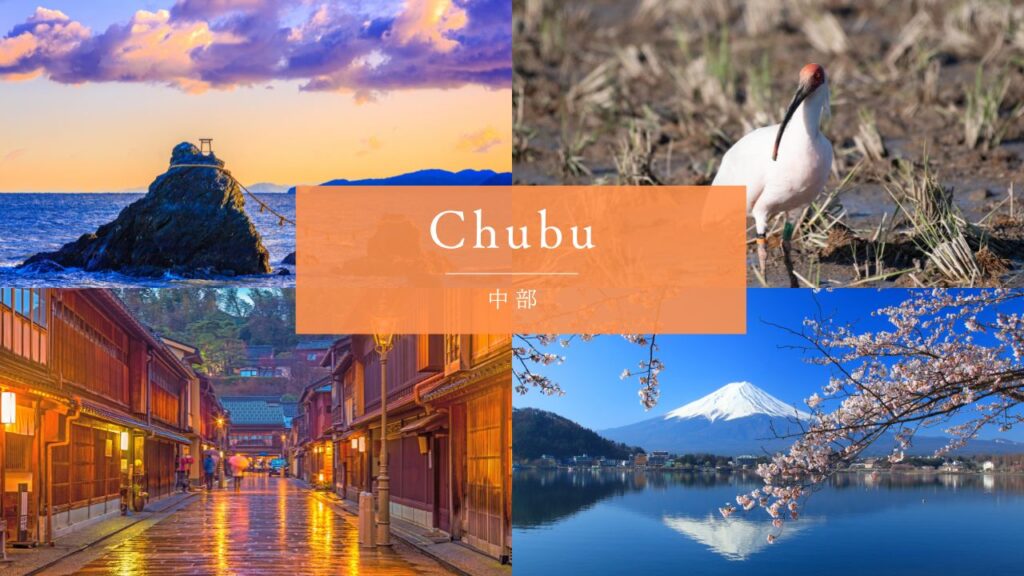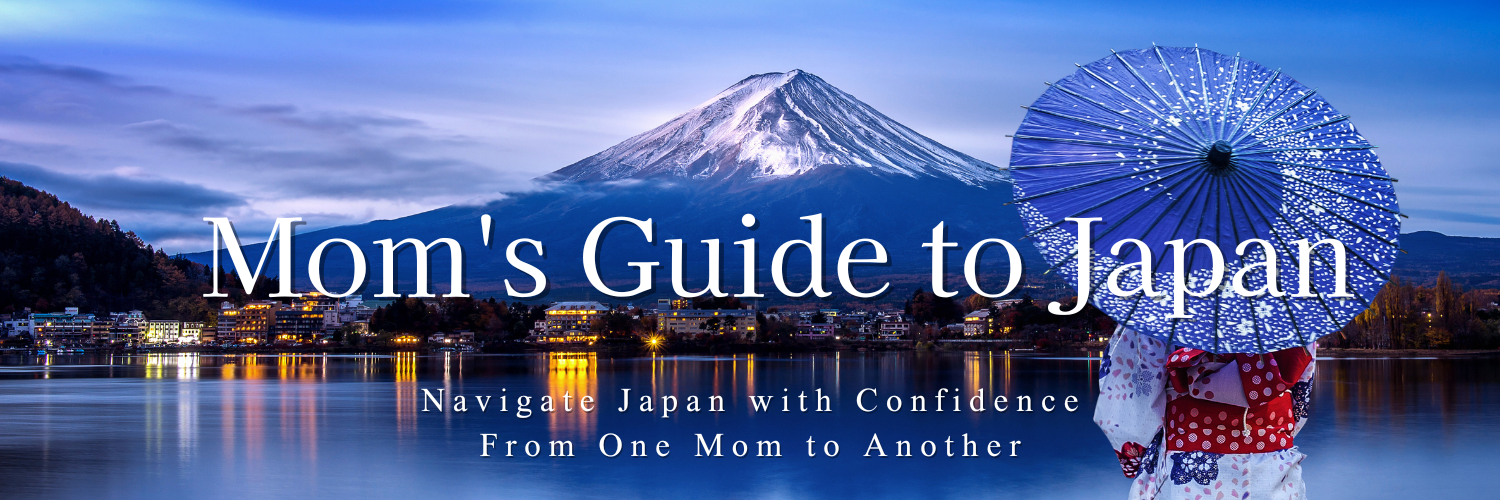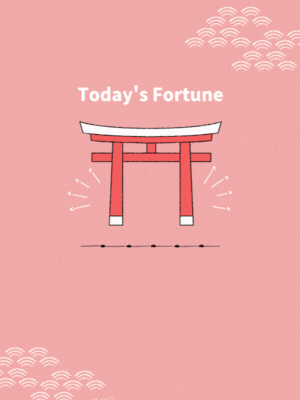Treasures of Nature and Traditional Culture Between Mountains and Sea

Tourism in the Chubu region features Niigata, Toyama, Ishikawa, Fukui, Yamanashi, Nagano, Gifu, Shizuoka, Aichi, and Mie with diverse attractions.
From scenic natural landscapes to spots where you can experience history and culture, a wide variety of tourism plans can be enjoyed.
Niigata
Niigata combines premier rice cultivation with Sea of Japan coastal culture.
The prefecture produces some of Japan’s finest rice and sake, with numerous breweries offering tastings.
Sado Island preserves traditional performing arts including the taiko drumming group Kodo and distinctive puppet theaters.
Snow country traditions shaped unique architecture and cuisine adapted to heavy winter accumulation.
The prefecture hosts the spectacular Echigo-Tsumari Art Field, integrating contemporary art installations throughout rural landscapes.
Toyama
Toyama features dramatic alpine scenery and distinctive craftsmanship.
The Tateyama Kurobe Alpine Route cuts through Japan’s Northern Alps with the impressive Kurobe Dam and “Snow Walls” reaching 20 meters high in spring.
The clear waters of Toyama Bay provide exceptional seafood including glass shrimp and yellowtail.
The prefecture maintains traditional medicine traditions and pharmaceuticals alongside distinctive glassmaking crafts.
Gokayama’s gassho-style houses with steep thatched roofs (UNESCO World Heritage) preserve mountain village life.
Ishikawa
Ishikawa balances exquisite traditional arts with a rugged coastal peninsula.
Kanazawa ranks among Japan’s best-preserved historical cities, featuring Kenrokuen Garden (one of Japan’s three finest landscape gardens), the Nagamachi samurai district, and Higashi Chaya geisha quarter.
The remote Noto Peninsula maintains fishing traditions, dramatic coastal scenery, and distinctive festivals.
The prefecture represents the pinnacle of Japanese craftsmanship in gold leaf application, pottery, lacquerware, and silk dyeing. Culinary traditions emphasize fresh seafood from the Sea of Japan.
Fukui
Fukui preserves dinosaur discoveries alongside Zen Buddhist traditions.
The prefecture houses one of Japan’s premier dinosaur museums with significant fossil discoveries.
Eiheiji Temple offers insight into austere Zen monastic life in a forested mountain setting.
The rugged Echizen Coast features dramatic rock formations and fishing villages with distinctive seafood cuisine.
Traditional paper-making techniques for Echizen washi continue in dedicated craft villages. The prefecture also produces distinctive lacquerware and excellent soba noodles.
Yamanashi
Yamanashi provides the most iconic views of Mount Fuji amid wine country landscapes.
The Fuji Five Lakes region offers perfect reflections of Japan’s most famous mountain in crystal-clear waters.
The prefecture leads Japanese wine production with numerous vineyards offering tastings amid beautiful landscapes.
Traditional craft villages maintain crystal production and distinctive lacquerware techniques.
Hiking opportunities range from Mount Fuji itself to the dramatic rock formations of Shosenkyo Gorge.
Nagano
Nagano balances alpine adventures with profound spiritual heritage.
The Japanese Alps offer world-class skiing, mountaineering, and hiking across dramatic peaks and valleys.
Historic Zenkoji Temple houses one of Japan’s oldest Buddha images in a temple complex central to regional identity. The snow monkey park showcases Japanese macaques bathing in hot springs.
The prefecture maintains distinctive soba noodle traditions, produces excellent apples and wasabi, and preserves historic post towns along the Nakasendo route connecting Tokyo and Kyoto.
Gifu
Gifu showcases traditional mountain lifestyles alongside dramatic river traditions.
Shirakawa-go’s UNESCO-listed gassho-style houses feature distinctive steep thatched roofs designed for heavy snowfall.
The atmospheric town of Hida-Takayama preserves traditional wooden architecture and morning markets.
The Nagara River maintains the 1,300-year tradition of cormorant fishing using trained birds at night.
The prefecture produces exceptional Hida beef and maintains traditional crafts including woodworking, knife making, and paper lanterns.
Shizuoka
Shizuoka combines Mount Fuji views with Pacific coast beauty.
The prefecture offers some of Japan’s most iconic views of Mount Fuji, particularly from the Miho no Matsubara pine grove.
The Izu Peninsula features dramatic coastlines, resort towns, and abundant hot springs.
The prefecture leads Japanese green tea production with extensive plantations in the mountain foothills.
Coastal areas maintain distinctive seafood cuisine, while wasabi farms showcase the cultivation of this Japanese condiment in its authentic environment.
Aichi
Aichi balances industrial powerhouse status with significant historical heritage.
Nagoya Castle and its reconstructed honmaru palace showcase the power of the Tokugawa clan that unified Japan.
Toyota City and its automobile museums highlight Japanese manufacturing excellence and innovation.
The prefecture maintains distinctive pottery traditions in Tokoname and Seto. Culinary specialties include hitsumabushi grilled eel, miso-based dishes, and unique noodle preparations that reflect the region’s historical importance.
Mie
Mie preserves Japan’s most sacred Shinto site alongside unique cultural traditions. Ise Grand Shrine, considered Shinto’s most sacred complex, undergoes rebuilding every 20 years in ancient tradition.
The dramatic Wedded Rocks (Meoto Iwa) tied with sacred ropes symbolize Shinto creation deities.
Ama female pearl divers maintain centuries-old traditions of free diving.
The Iga region preserves ninja heritage through museums and demonstrations.
The prefecture produces excellent seafood from Ise Bay alongside distinctive regional dishes like tekone-zushi.
The Appeal of Tourism in the Chubu Region
The region offers magnificent natural landscapes including the Japanese Alps, Mt. Fuji, and coastlines facing both the Pacific Ocean and Sea of Japan.
Visitors can experience Japanese culture through traditional architecture, crafts, and historical sites.
The area is known for distinctive cuisine using local ingredients and numerous hot spring areas for relaxation.


